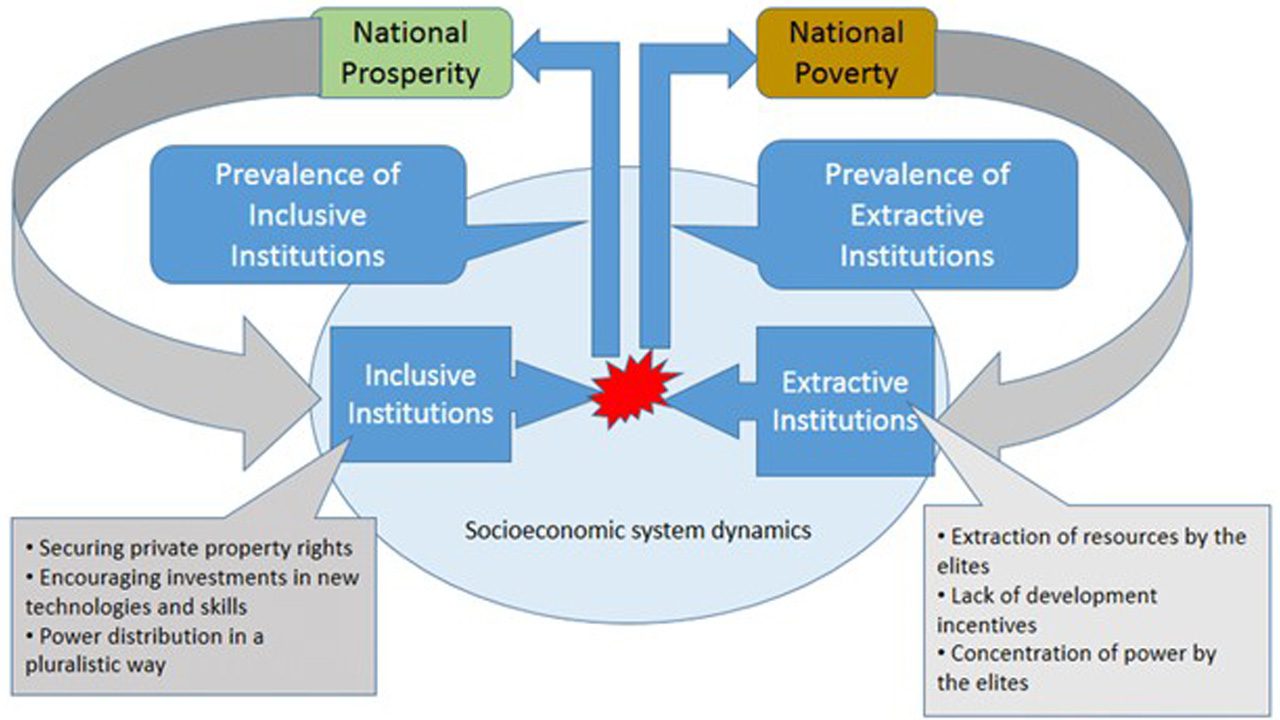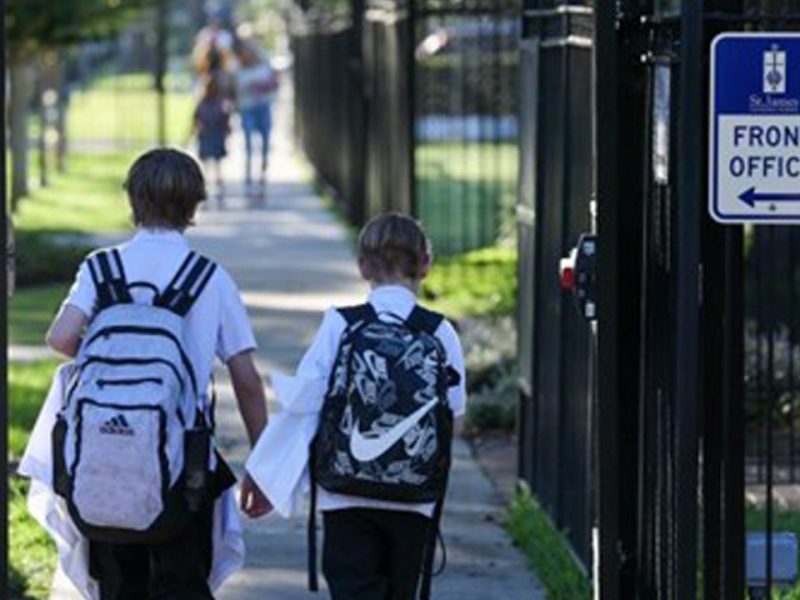Why school systems fail
Next Steps | By Matthew Ladner | February 18, 2025
Authors Daron Acemoglu and James A. Robinson distinguished between “inclusive” and “extractive” institutions in their 2012 book “Why Nations Fail.” Inclusive political institutions allow broad political participation and are a precursor to inclusive economic institutions, which broadly protect individual property rights and provide incentives for workers to increase labor productivity. By contrast, Acemoglu and Robinson define extractive economic institutions as excluding large segments of the population from the distribution of income from their own activities. Extractive economic institutions benefit only elites.
Slavery would clearly qualify as extractive, but other institutions contain mixed elements. Public education systems can be thought of as falling on a spectrum between extractive and inclusive. All public education systems use involuntary taxation, which is extractive. Public education also allows for universal participation for school age children, which is inclusive.
To the extent that public education systems broadly equip students with the knowledge, skill and habits required for success, they are more inclusive. If, however, an institution provides such outcomes only to a subset of elite students, they become more exclusive. The extent that electoral participation in public education systems is broad, it is inclusive, to the extent that it is narrow, it becomes less inclusive. International examinations of student achievement have disappointing results for American students. Among countries that spend at least half as much per pupil as the United States (29 countries), America scored below all but one (see Figure 1) below.

We can judge the relative inclusivity of the American education system by seeing how our low-income children compare to low-income children in countries spending at least half of what the United States spends per pupil. Scores by family income data are available in the 2022 PISA exam, displayed in Figure 2 below.

America’s poor students ranking low sadly does not surprise. What may be surprising is the fact that the poorest students in Japan scored 491 in 2022, which was higher than the average American student in 2018. Despite the 2022 test reflecting the impact of the COVID-19 pandemic and despite Japan spending approximately 40% less per pupil than the average in the United States, poor Japanese students outscored the average American student from 2018.
The United States has a costly, inefficient and relatively extractive system of public education. If you are curious about who the extractive elites benefiting from the status quo might be, simply observe who fights to preserve the system. We can’t be sure why American schools are so extractive and ineffective. Combining ZIP code assignment with regulatory capture and layering on a Rube Goldberg machine of state and federal regulation appears deeply suboptimal.






